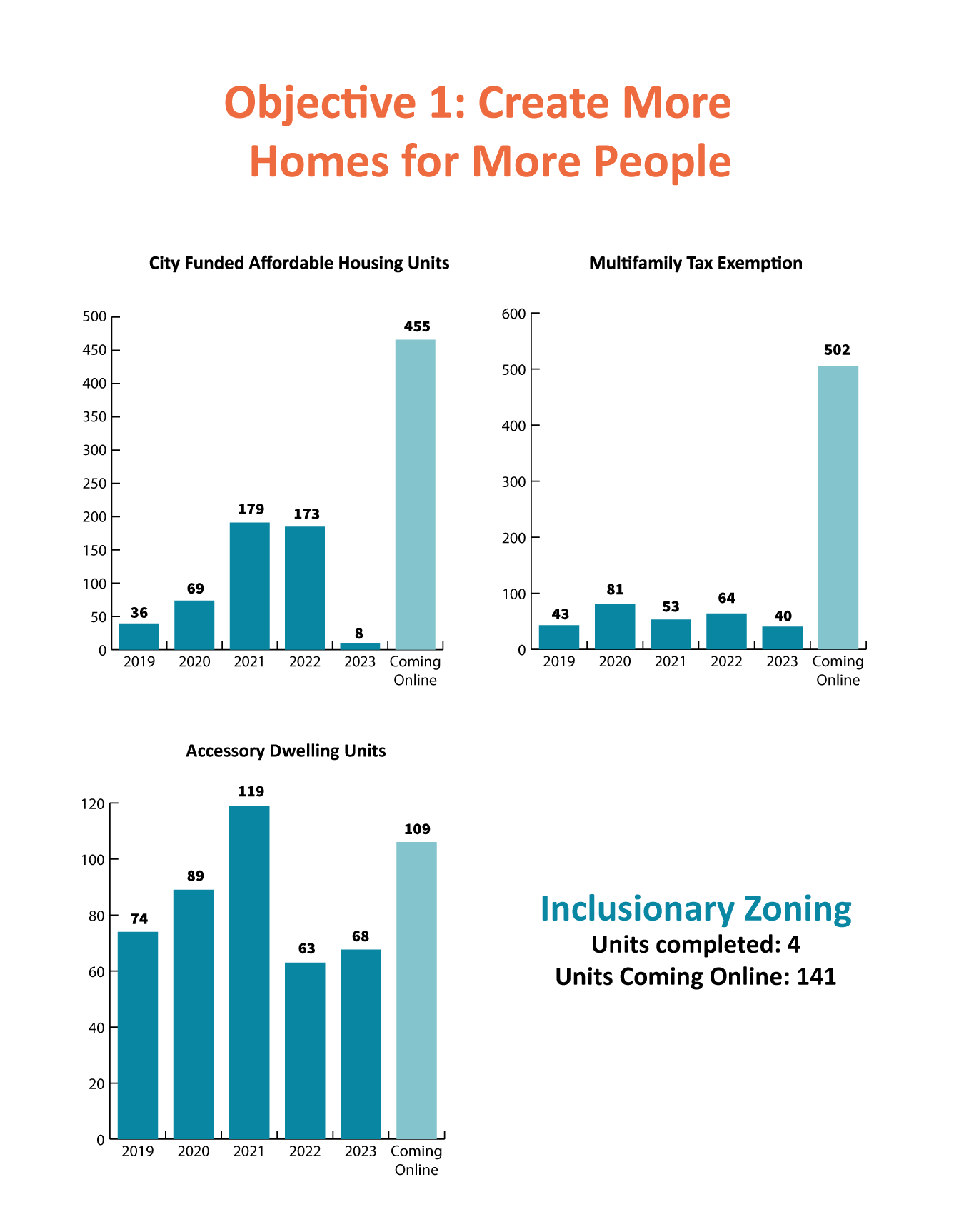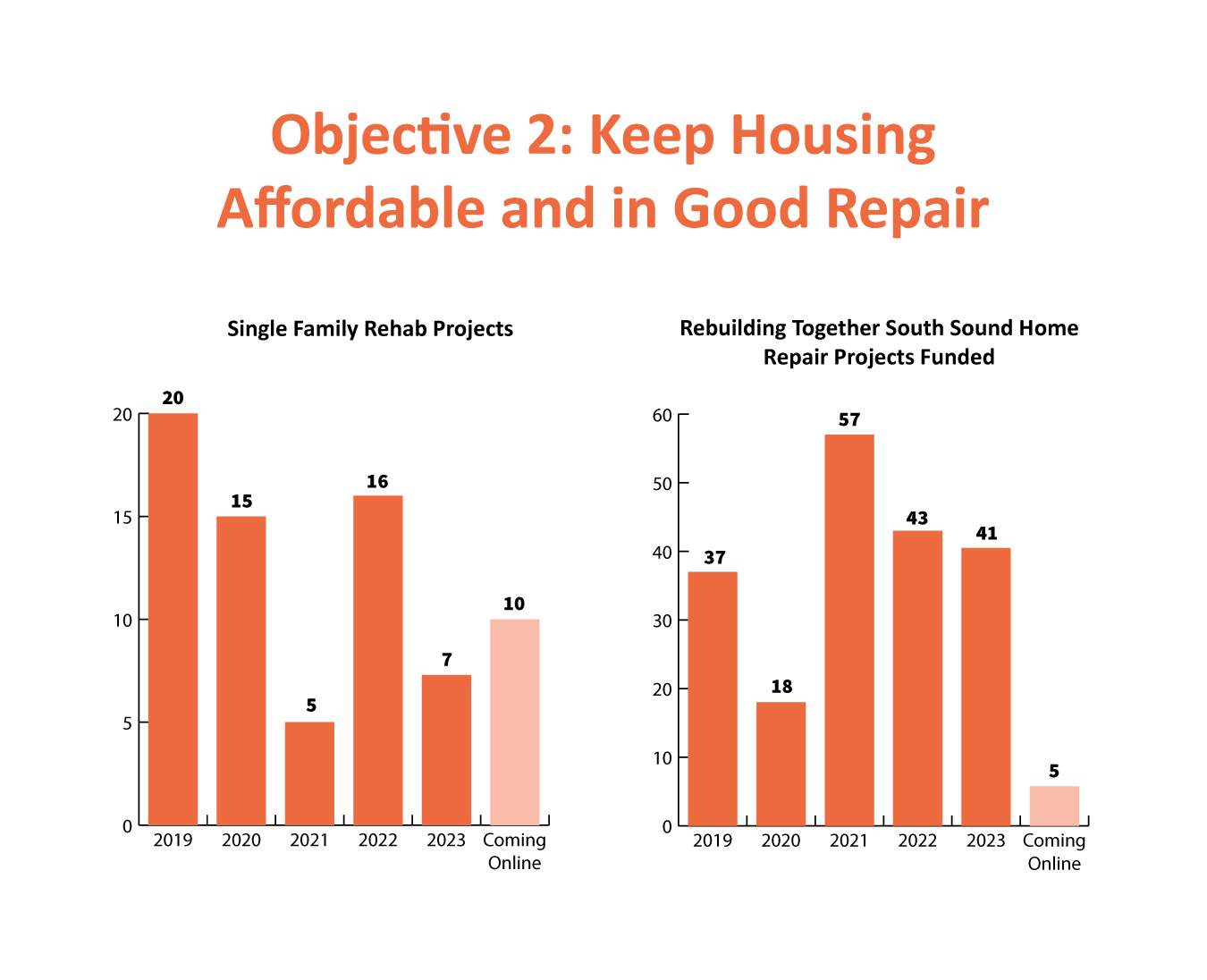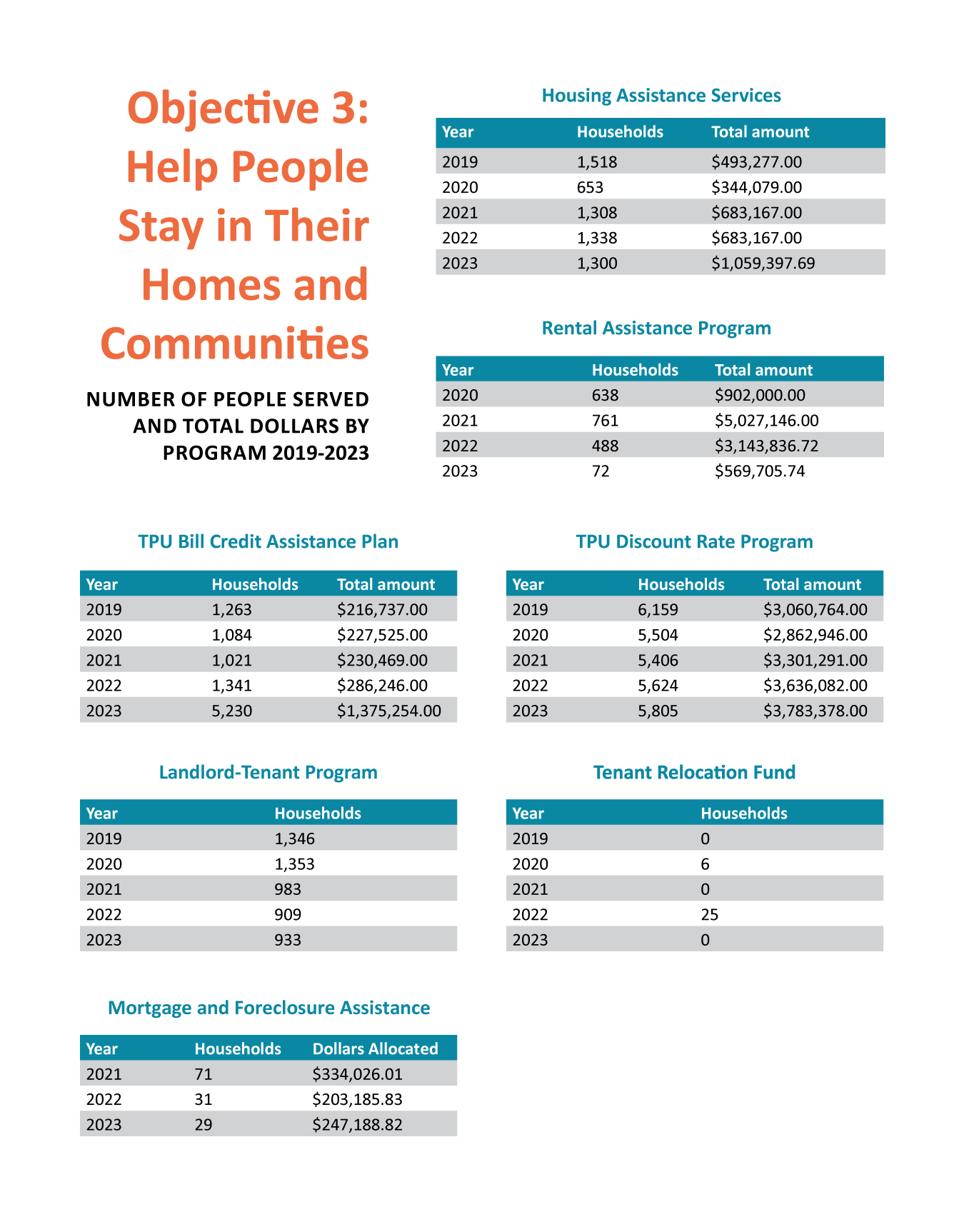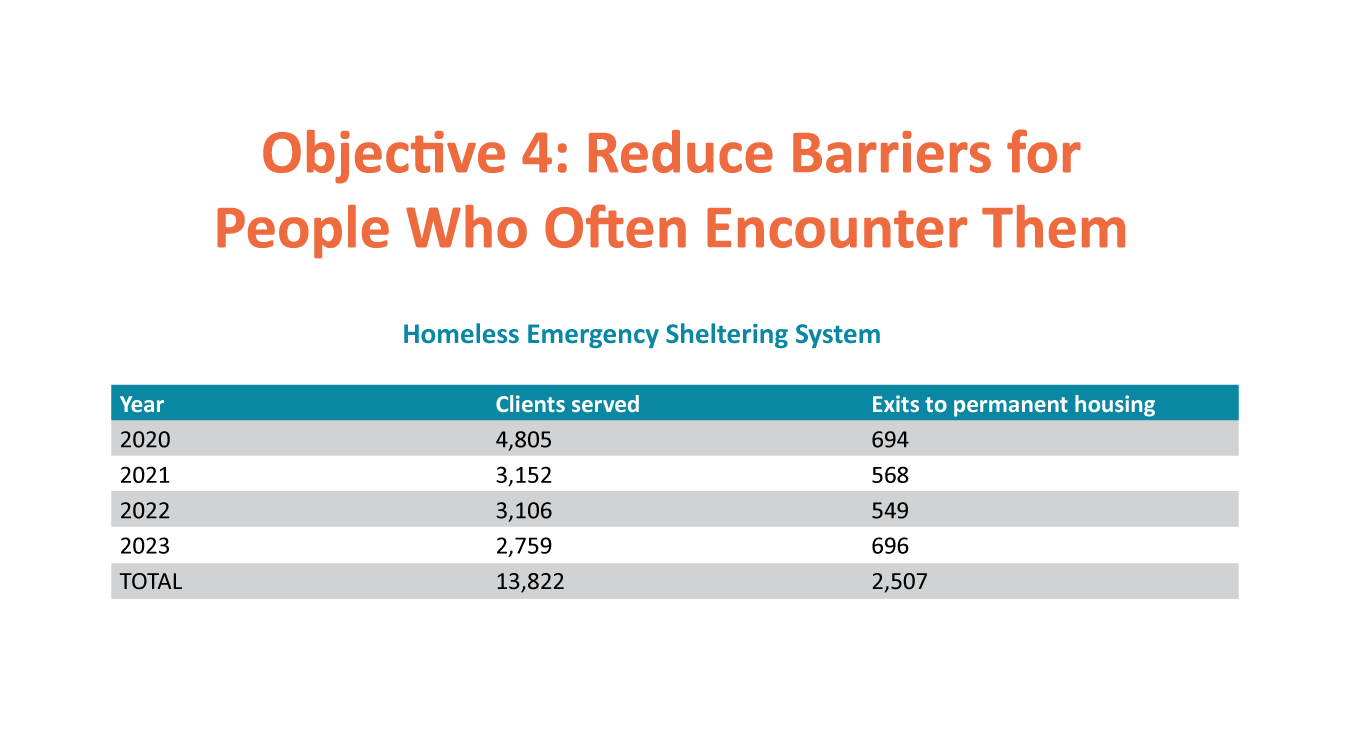Facts & Figures - Tacoma's Affordable Housing Blog
The City of Tacoma is in an affordable housing crisis. Our community lacks affordable, high-quality homes for all its residents--renters and homeowners alike. Too many households are struggling to make ends meet with rising rents, rising interest rates, increased inflation, and lingering impacts from the COVID-19 pandemic, coupled with relatively stagnant wages.
Many residents can feel the impact of the affordable housing crisis individually on their own bank account, but people want to know: What is the "Big Picture" when it comes to the housing crunch in Tacoma, and what is the City doing to help solve the problem?
Our Facts & Figures Blog will give you a glimpse into significant trends, statistics and comparisons, and the dollars-and-cents of some of the issues we face in the Tacoma housing market. You'll get insights and images that illuminate some of the biggest challenges and illustrate potential solutions to our affordable housing shortage in Tacoma.

April 2024
May 6-10 is Affordable Housing Week in Pierce County
Join the Affordable Housing Consortium of Tacoma-Pierce County at more than a dozen in-person and virtual events on an array of topics related to affordable housing. Many events are open to the public.
More event information: Affordable Housing Week | Affordable Housing Consortium of Tacoma-Pierce County

April 2024
Affordable housing trends in the news
A news story from The Tacoma News Tribune points to Tacoma's red-hot rental housing market.
"The City of Destiny ranked as the No. 1 most desirable rental destination in the West for March, according to a new report by the apartment-search website RentCafe.com. It also did well on the national scale, securing the No. 6 spot in the country... Tacoma saw a significant spike last month in page views on RentCafe.com: 196%, the report shows. At the same time, open Tacoma listings fell 20%, suggesting that tenants are acting fast to snag available apartments."
Read more: Tacoma named No. 1 most sought-after renting destination in West, report shows

April 2024
Affordable housing trends in the news
A news story from NPR on the housing market mismatch in America where Baby Boomers feel stuck holding on to their three- and four-bedroom homes, leaving young families out in the cold.
"Lots of older Americans say they'd love to downsize, but it doesn't make financial sense. The housing roadblock has left some would-be buyers stuck. We asked experts what policies could change that."
Read more: Baby boomers own big houses and it's affecting the housing crunch - NPR

April 2024
Affordable Housing Action Strategy - 2023 numbers
The 2023 statistics for the Affordable Housing Action Plan are now available!




If you need assistance to access the statistical information displayed in the above graphic images, please contact the City's 311 Customer Support Center.

April 2024
State legislation on affordable housing
The Washington State Department of Commerce has a fact sheet summarizing all the state-level legislation on housing that has been implemented between 2019 and 2023. This includes 2023’s HB 1110, which amended RCW 36.70A to require that certain cities allow middle housing—homes that fall between detached single-family houses and large multifamily complexes, such as duplexes or town homes.
Explore more at Housing laws of 2019 - 2023.pdf

April 2024
Affordable housing trends in the news
A news story from Vox on the emerging trend of Americans turning (or re-turning) to multi-generational housing, with a lack of affordable housing being one of the key drivers.
“According to the Pew Research Center, a quarter of all adults ages 25 to 34 now live in a multigenerational living situation (which it defines as a household with two or more adult generations). It’s a number that’s been creeping upward since the early ‘70s but has swung up precipitously in the last 15 years. The decennial US Census measures multigenerational living slightly differently (three or more generations living together), but the trend still checks out. From 2010 to 2020, there was a nearly 18 percent increase in the number of multigenerational households.
Read more:
Multigenerational housing is coming back in a big way - Vox
